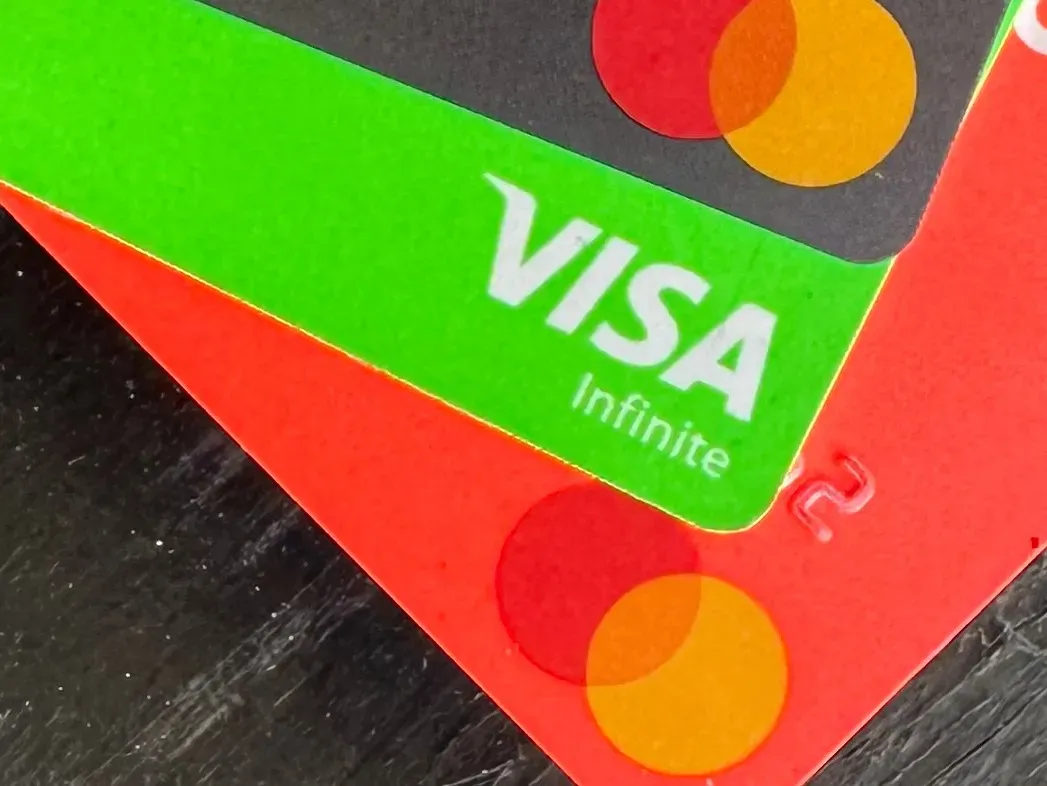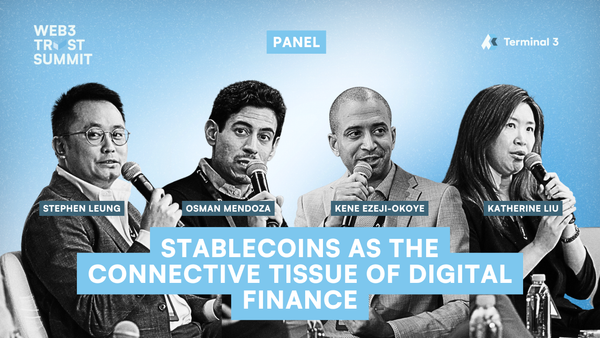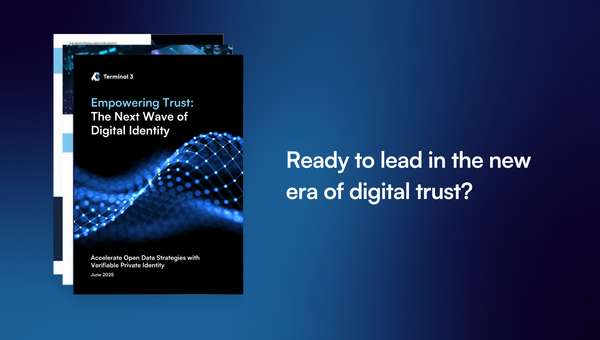These two financial giants are Web3’s least likely advocates

Fintech giant PayPal recently jumped into Web3 with a stablecoin product, but what about other financial giants dipping their toes.
This week, we are looking at Visa and Mastercard, two companies that in theory shouldn’t be major Web3 advocates based on their core business. Both, though, see the potential for blockchain technology to make their operations more efficient. The process could be drastic but it will take time.
All the best and see you next Friday,
What’s going on?
Mastercard announced in June that it would test tokenized bank deposits and experiment with stablecoins and central bank digital currencies (CBDC) in what it called one of its “most ambitious projects in the digital asset space.”
Web3 preaches the principles of transparency, open networks and freedom of choice and yet Mastercard and fierce rival Visa are two of its biggest advocates from traditional finance. That’s despite the payment giants making billions from transaction fees from closed gardens.
Why are they backing crypto, and what can other traditional businesses learn from their approaches?
So what?
1. Mastercard builds
The MTN (Mastercard Multi-Token Network) initiative is being tested in the UK, where Mastercard invited banks, fintechs and others to use tokenized deposits. Details are scant right now but they could be used for cheap and fast cross-border transfers, according to Raj Dhamodharan, head of crypto and blockchain at Mastercard.
Mastercard and Visa started out in Web3 as ramps for companies that wanted to offer crypto debit cards or just take payment. But that’s just the tip of the iceberg for changes that could reinvent how these monstrous businesses run.
In April, Mastercard announced an initiative to bring greater trust and responsibility to payments made to blockchains or for digital assets. The Mastercard Crypto Credential program has the support of an initial eight crypto industry partners who will use a set of common standards and infrastructure to make transactions more trusted and regulated—i.e. reduced fraud and criminality.
MTN will make use of that program, which counts wallet providers and blockchain networks like Solana among its partners. The idea is to add verification and user information, thus avoiding the anonymity that is core to Web3 but can enable bad actors.
2. Visa adapts
Mastercard looks to be inserting itself into transactions through partnerships with existing players, Visa is adapting its network.
Its biggest push is into stablecoins, cryptocurrencies that represent real-world fiat currency without the typical price volatility of digital assets. Three years ago, it enabled the first transaction through its network that used the popular stablecoin USDC. In April, a job vacancy for an Ethereum engineer sparked rumors of closer integrations and more intensive plans.
Cuy Sheffield—Visa’s head of crypto—shared the company’s goal of building “muscle memory” around stablecoins to convert them to fiat just as it handles different currencies. One key goal is to find alternatives to SWIFT (the Society for Worldwide Interbank Financial Telecommunications), the much-maligned but universally-adopted global payment standard. SWIFT was invented before the popularization of the internet and it is frustrating to use.
“We settle over Swift, so we can’t move money as frequently as we’d like because there are a number of limitations that exist in those networks. And so, we’ve been experimenting, we publicly announced. We’ve been testing how to actually accept settlement payments [with stablecoins],” Sheffield added.
3. A long way to go
Both companies are stepping slowly, but there are many encouraging signs.
Increased adoption of Central Bank Digital Currencies (CBDC), private digital tokens that banks are trialing to cut cost and add speed to crossborders transfers, could tie in. Payment firms could play a role connecting blockchains not only with real-world money or CBDCs, where higher levels of compliance are required.
Broadly though, much of this is still to come. Blockchains experience downtime. Transactions rates are limited. Then there are gas fees to power transactions, which vary by the minute and can get very high. Reliability is key to payments and crypto, whilst boasting tech that can be superior, isn’t at the stage it needs to be right now.
“We have a long way to go before crypto becomes a part of mainstream payments and financial services,” Visa told Reuters in March of this year.
"In the near-term, we don't see crypto replacing our core payment and lending services," an AmEx spokesperson told Reuters.
News bytes
Hackers have found a way to access personal information for US citizens held by credit bureaus and for as little as US$5—this is a scary reminder that we need better ways of storing sensitive data
Coinbase proposed a system to simplify collecting taxes from DeFi earnings by using tokens
Mastercard is ending its crypto card partnership with Binance—it will continue to offer cards with other partners like US-based exchange Gemini
The developers of Tornado Cash, which obfuscates the origin of funds transacted through it, have been charged with money laundering and sanctions violations—North Korean hackers among those said to have used the service but the case is hugely controversial for implying that the service was coded with intent to enable money laundering
FTX, the bankrupted crypto exchange, is running through US$1.5M each day on legal bills, lowering the odds of any meaningful payout for customers who lost funds
That’s all for this week!
You can share your feedback, questions or requests via email to: sowhat@terminal3.io




